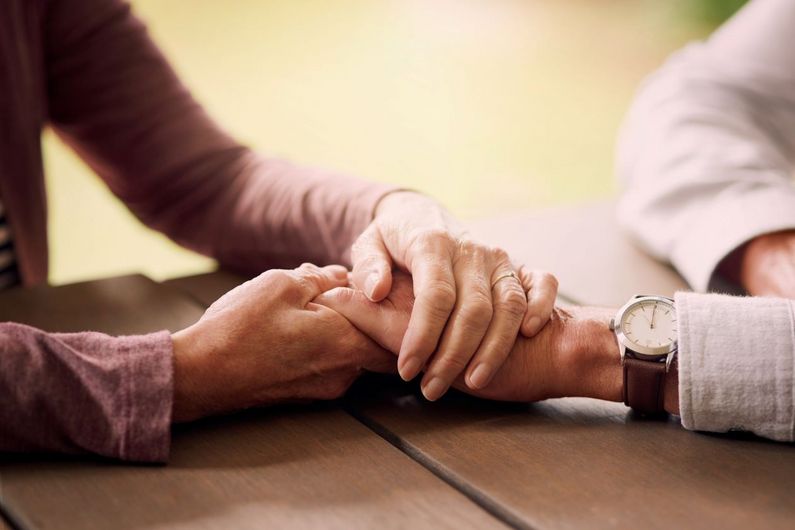How to keep a relationship alive
- UdeMNouvelles
02/11/2022
- Béatrice St-Cyr-Leroux
For Valentine’s Day, a psychology professor and researcher specializing in loving attachment discusses the factors that make for a lasting relationship.
Unfortunately, there's no magic formula for a healthy marriage or stable, loving relationship. But for heterosexual partners and those identifying as LGBTQ+, there are several key factors to bear in mind, according to an Université de Montréal psychology professor.
In her research on marital and sexual well-being in couples, Katherine Péloquin, director of UdeM's Couples and Relationships Research Lab, has shown that three main components are needed to develop a healthy romantic relationship: secure attachment, mutual support and sexuality.
“These three factors are derived from adult attachment theory,” said Péloquin. “It’s a theoretical model that holds that secure attachment — the ability to trust others and believe in your own self-worth — promotes stable, satisfying relationships.”
She explained that the three factors are interrelated: “People with secure attachment are more likely to turn to their partner for help when needed, and also more likely to give support that matches their partner’s needs.”
Secure attachment also leads to more open and satisfying sexuality. And sexual well-being, Péloquin noted, is strongly associated with the ability to maintain a gratifying long-term relationship.
However, a person who lacks secure attachment and suffers from abandonment anxiety will instead use sexuality to gain reassurance. “These individuals tend to want to please their partner and don’t listen to their own needs, so sex is less satisfying for them,” said Péloquin.
Avoiding intimacy is one form of insecure attachment. Avoidant people find it difficult to trust others and to show vulnerability. “These individuals often use sex to satisfy their own needs without caring about the emotional element or intimacy with their partner, which also reduces their sexual satisfaction,” Péloquin explained.
Parent-child relationships carry over into adulthood
Secure attachment develops in childhood through repeated interactions with significant others. That pattern then tends to be reproduced in adult romantic relationships.
“The internal representation of self and others is developed at an early age with the child’s parents, who are the first attachment figures,” said Péloquin. “If the parents are attentive and sensitive to their child’s needs, the child will develop more secure attachment. This attachment is then transferred to the romantic partner, who becomes the primary attachment figure in adulthood.”
While childhood is a critical period for the development of relationship patterns, Péloquin pointed out that attachment can still evolve with age. “Everything isn’t necessarily set in stone by the age of 5,” she said. “The level of secure attachment can change depending on the person’s experiences, be they negative – such as trauma and abuse – or positive, including the work accomplished in therapy.













